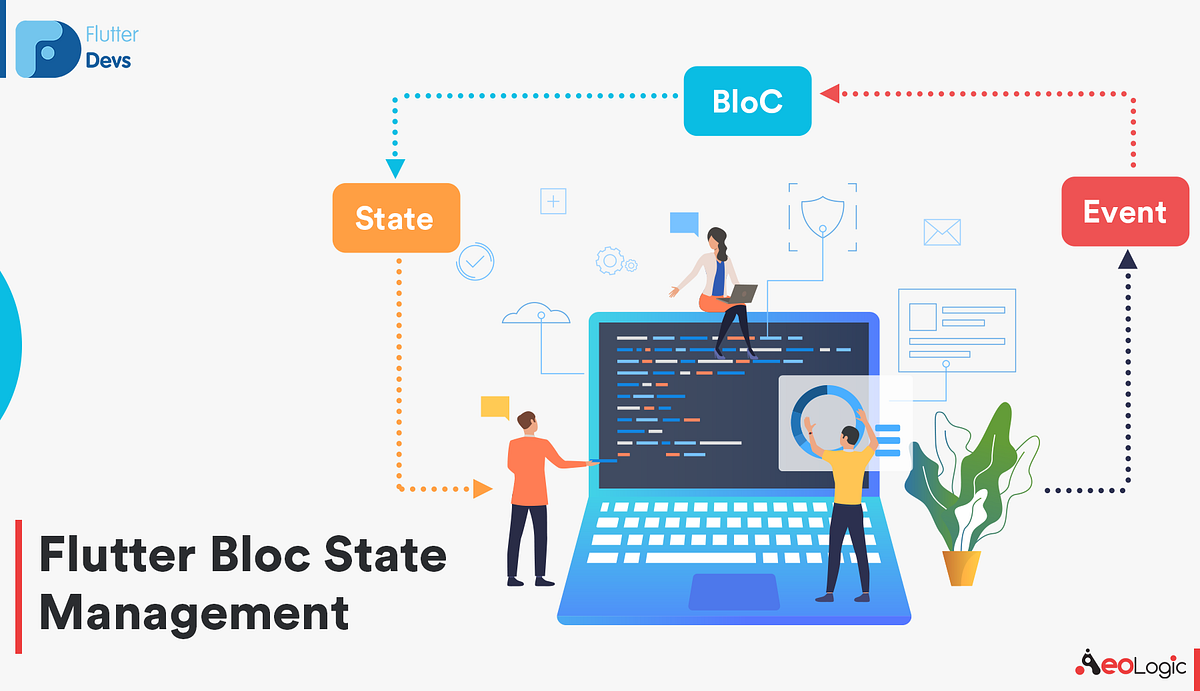A flutter bloc state management series that will walk you through from all the basics of streams to advance state management tools like flutter_bloc/bloc package
Let’s start by understanding what we mean by state management and why should we care about it in the first place.
What Exactly Is State management ?
In simple words, state means data or the current information the user can see or manipulate.
For eg: Interface controls such as text fields, OK buttons, radio buttons, etc. To maintain these state of data like weather a button is pressed or not what is the current text in the text field or is a toggle button on or off, These data which user generally see or interacts with or generates on some event is called the state and the term used for maintaining all these information(state) is called state management.
The problem :
State management can become very messy when the application grows, simple tools like setState in flutter can’t be the solution for managing large changes at once and tools like inherited widget can create a lot of boilerplate code.
The Solution :
To overcome the above problem we can simply use tools like flutter_bloc/bloc these packages are created by the community are pretty useful for reducing boilerplate code and can be very easy to implement.
Before going deep into the flutter_bloc package we need to make our basics clear these basics includes :
_:: _streams
:: cubit
:: bloc
Streams :
A stream is a sequence of asynchronous data. Streams are just like water hose which have a sink and a drain, Which we can use to provide and retrieve data from streams. To fully understand the concept of bloc we will first need to understand the core features and basic application of streams in Dart.
As we know the basic definition of streams lets generate our own stream using the yield keyword.


using yield to generate stream’s
In the above example, we have a function getRandomNumberStream this function is present in “lib\streamGenerators.dart” (It’s better to clone the repo and take a look at the structure of the program) which output streams we have specified that by using *async. **Then we have a Future.delayed() which delays our execution for the first run for 1000 ms and then 500 ms for every other subsequent execution. Then we output(yield) the value.
What** yield **does it basically output the data in the form of a stream, So this function is going to be our go-to for all our need for streams in this first series.
Now let me brief about all the basic functions that are available with streams.
- .map: .map helps us to map the event that we are getting from the stream by passing them to a function. ex
StreamGenerators.getRandomNumberStream(10).map((event) => "This event --$event-- is mapped");
op:
This event --$0-- is mapped
This event --$1-- is mapped
This event --$2-- is mapped
This event --$3-- is mapped
This event --$4-- is mapped
- .take: .take will only take the first N values and drain the rest of the values. ex
#bloc #flutter-widget #flutter-state-management #flutter-bloc #flutter
